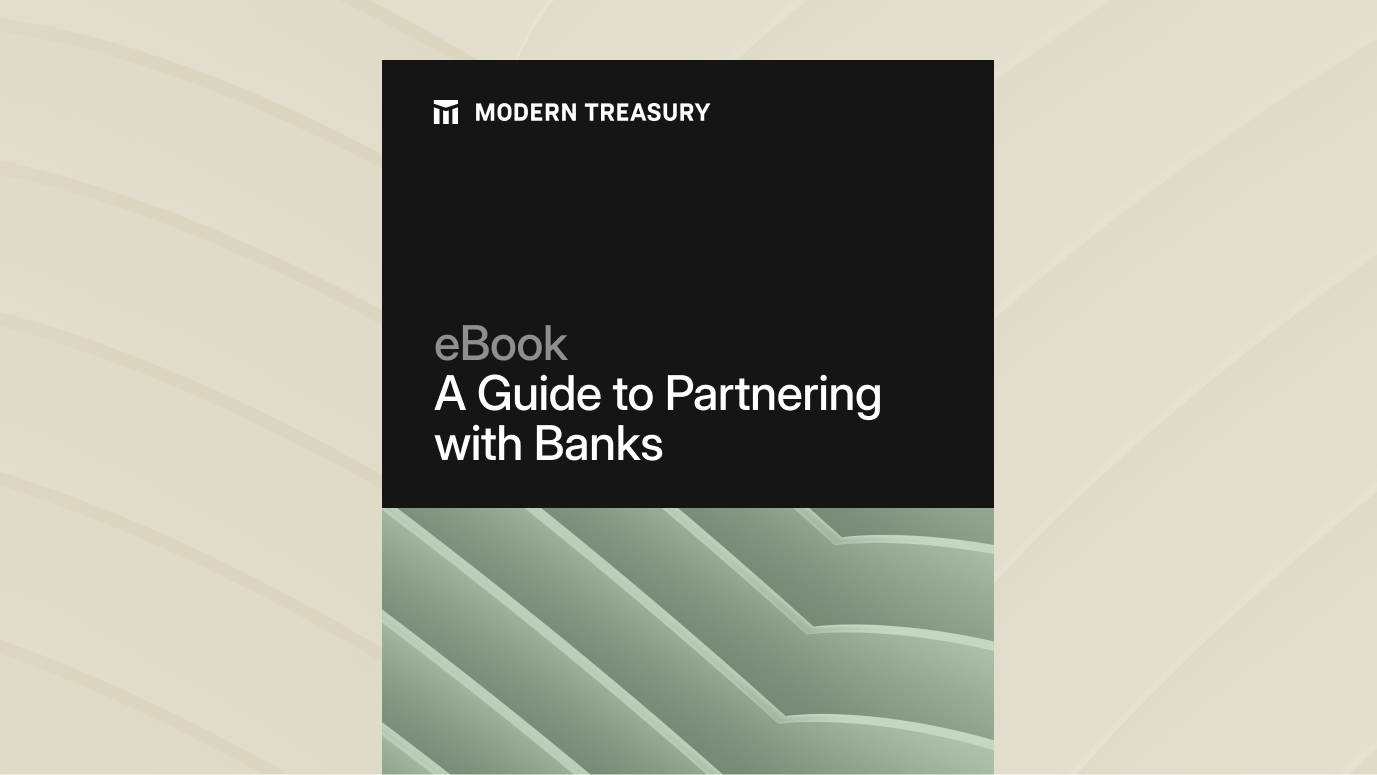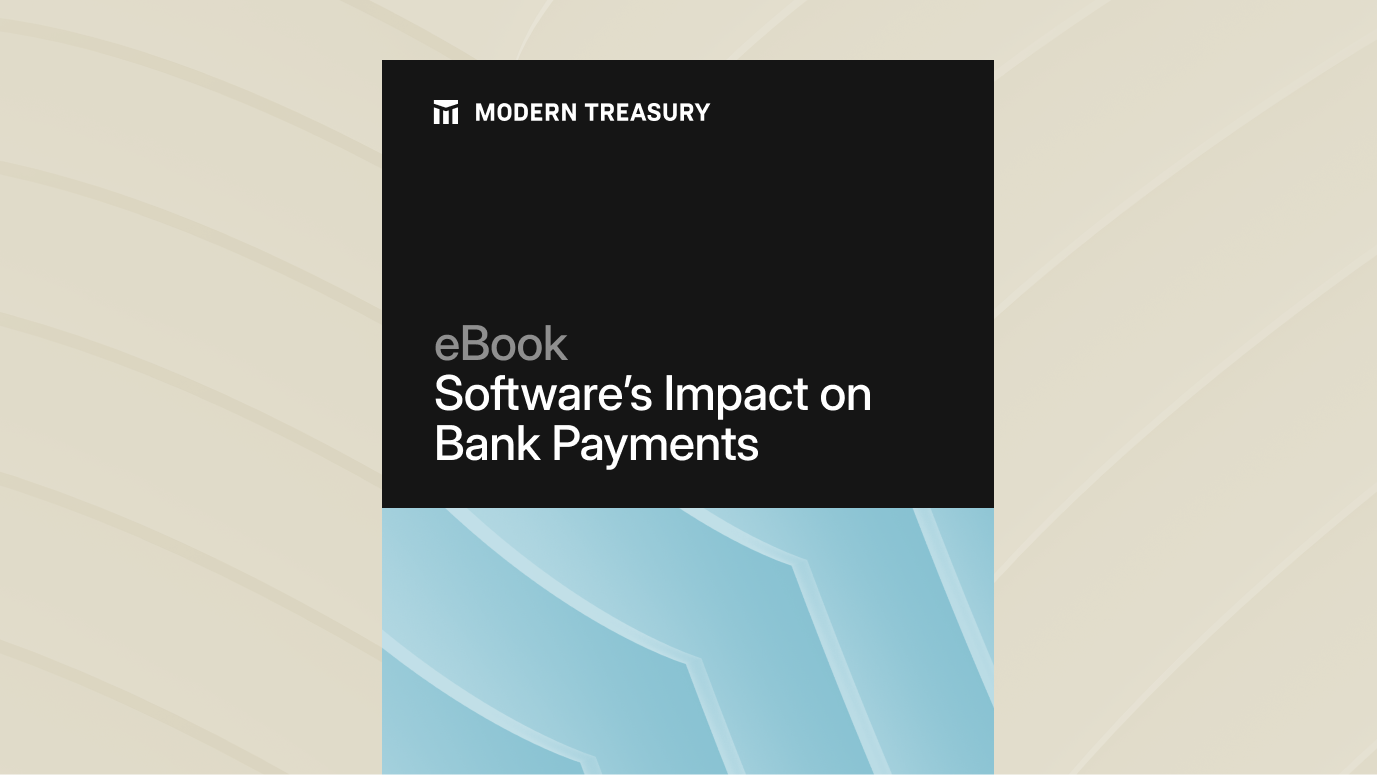Join us at Transfer 2025 to hear how industry leaders are building payments infrastructure for a real-time world.Register Today →
Four Questions to Consider When Designing a Marketplace Solution
When building a marketplace solution, there are many considerations for how to structure payments to streamline operations. This journal looks at four questions to keep in mind when designing marketplace payment flows.

More than just connecting buyers and sellers, a major part of building a marketplace is figuring out how to facilitate payments on the platform. A well-designed marketplace payments solution can help you streamline seller onboarding, drive platform loyalty, and decrease the burden on your technical and customer support teams.
Here are four questions to keep in mind when designing your marketplace payment flows.
How quickly do sellers need to receive their money?
Fast, streamlined payouts are critical for retaining sellers on any marketplace. Instant payouts have become table stakes for many peer-to-peer marketplaces that rely on gig economy workers (e.g. Uber and Doordash). Similarly, B2B or B2C marketplaces like ClassPass can attract sellers by improving working capital for those businesses. A few ways to speed up marketplace payouts for your sellers are:
- Automating steps leading up to payout: Before initiating payout, a marketplace needs to be able to validate bank account information and the amount owed for each seller. This process should be as reliable and automated as possible; otherwise, payment failures and manual balance checking can become a bottleneck.
- Switching to faster payment rails: Traditional ACH takes 2-3 business days for funds to reach the recipient’s bank account. To meet seller demand, marketplaces are exploring faster payout methods such as RTP (Real-Time Payment), push-to-debit, or digital wallet and card products.
- Accelerating payment processing: Managing payments through a third-party sender can take anywhere from 3-7 days because the funds need to pass through the third-party’s bank account before getting to the recipient. By sitting directly in the flow of funds, a marketplace can cut out the intermediary and move money in half the time.
How will payments drive value for your marketplace?
To prevent leakage and more effectively monetize your marketplace, you may want to consider other ways in which payments can drive value for your platform.
- Financing and net payment terms: Some marketplaces finance their transactions by offering net payment terms to the buyer (e.g., 30 to 90 days). In doing so, they also pay out the supplier immediately and take on that buyer’s credit risk. This model is most common among B2B marketplaces where buyers don’t always have the working capital to pay back suppliers immediately. Businesses like Faire and RigUp have found ways to underwrite their buyers in a tailored way and minimize default risk.
- Invoicing and collections: In most B2B transactions, businesses expect to send and request payments via invoice. As a value-add service to their platform, B2B marketplaces can help sellers generate invoices and manage the downstream payment collection process.
- Escrow: As a trusted third-party, marketplaces will often hold funds in escrow and wait until the product is received before releasing payment to the seller. This prevents non-payment and also protects the buyer in case there are issues with order fulfillment or quality. When designing your payments solution it’s helpful to think about tailoring your escrow rules to the type of transactions on your platform.
How will you manage your marketplace payment operations?
Behind each transaction, you’ll need a way to manage your internal payment operations. From working with marketplaces like ClassPass and Outdoorsy, we’ve seen that these manual day-to-day activities can become unmanageable at scale, so consider streamlining the following workflows.
- Reconciliation: Automatically match the transactions in your bank statement with the payments recorded in your core system
- Ledgering: Track balances owed across buyers and sellers with one auditable ledger as your source of truth
- Error handling: Proactively manage stalled, returned, or reversed transactions, and communicate to your customers when issues arise
- Controls and approvals: Set up internal workflows to prevent fraudulent or erroneous transactions (e.g., implementing a step in which all outgoing ACH payments greater than $5,000 should be approved by the finance team)
Do you need to sit in the flow of funds?
A key design question for any marketplace is whether you want to move money directly through your platform, or work with a third-party sender to move money on your behalf.
Many best-in-class marketplaces such as Etsy, Uber, and Airbnb choose to be in the flow of funds. It gives them more control and visibility over their money movement, and helps teams access the benefits discussed in this article. For example, marketplaces in the flow of funds can pay sellers more quickly because transactions don’t need to settle in a third-party bank account before reaching the recipient. By moving money directly through their bank partner, marketplaces also have the flexibility to layer on embedded financial offerings.
In order to enter the flow of funds, marketplaces need to select a bank partner and ensure compliance with state and federal money transmission regulations.
Next steps
Modern Treasury empowers marketplaces to enter the flow of funds via a single API integration. With our payments platform, they can initiate, track, and reconcile payments without having to build or maintain custom integrations for different banks and payment methods.
To learn more about whether your business is a good fit for entering the flow of funds, book time to talk to our team.
Try Modern Treasury
See how smooth payment operations can be.







